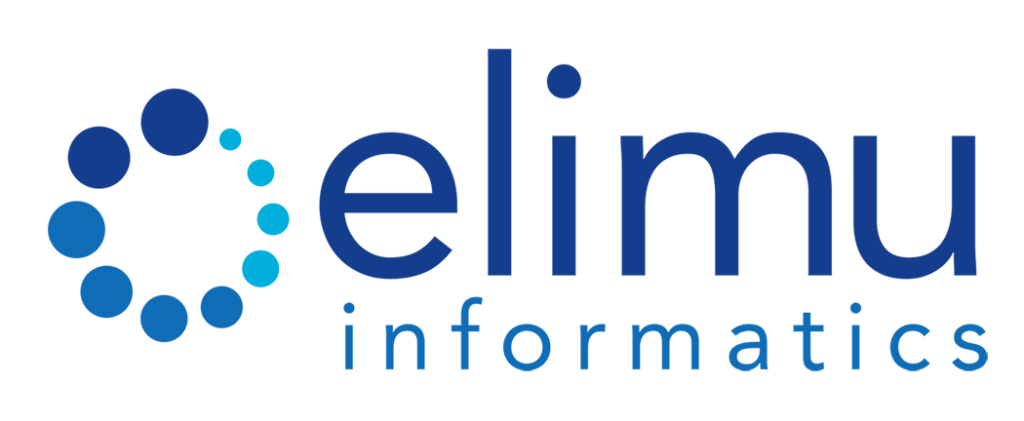Aug 15, 2018 | Aziz Boxwala
EHRs come with a certain level of Clinical Decision Support (CDS) capabilities. However, there are times when clinicians need to see or process information in ways that aren’t natively supported within the EHR. In these scenarios, SMART-on-FHIR CDS apps can be invaluable in providing CDS to aid in patient care. Over my next few posts, I’ll be exploring SMART-on-FHIR’s role in CDS. I want to start the series with examples of some interesting apps I have seen. Not all of them are SMART-on-FHIR apps, but they are all embedded within EHR workflow and provide custom user-interfaces for CDS.
The apps that I mention below fall into two basic “super power” categories – those that organize data into custom views, and those that perform complex calculations. There are many other super powers that other apps possess, but for today, I’ll focus on custom views and complex calculations.
Custom Views
One thing we hear a lot is that providers have to navigate many screens within an EHR to compile all of the data they need in order to make a decision. All of this data is jotted down on notepads, placed into spreadsheets, or just held in temporary cache in the provider’s brain. It’s not a great user experience. Also, CDS has a hard time working across different screens. This is where custom view apps can help. These apps contemplate what data is most important for a given scenario/specialty, and pull all of that data into a single view. This saves physicians a lot of time, and also lets them see the big picture (stay tuned for a future blog post on this topic).
At my prior institution, Partners Healthcare in Boston, Blackford Middleton and team had created SMART Forms (no relationship to SMART-on-FHIR). This custom view app embedded integrated documentation and CDS for chronic diseases within the homegrown EHR system called LMR. They describe SMART Forms, as “an EMR-based, clinical workflow tool designed for organized data review for specific conditions, effective and efficient facilitated data capture, documentation of a clinical visit, and integrated, dynamic, actionable decision support in a single environment. All the tasks typically performed before, during, and after a patient visit are included on one screen to improve efficiency and the user’s ability to synthesize data and make clinical decisions”. A study of the early prototype indicated the promise of such integrated apps, showing significant improvements in documentation and management.
SMART Forms is an excellent example of a custom view app that integrates many of the elements into one view that the user needs to manage the care of a patient with a chronic disease. Often, such views are not easy to create in the EHR.
Another great custom view app is the freely available Bilirubin app. This app, developed by Intermountain Healthcare, was one of the earliest SMART-on-FHIR apps and is used often by developers to demonstrate their FHIR APIs. The app is based off a similar application that was built into Intermountain’s homegrown HELP EHR system. The app displays a neonate’s bilirubin results on a timeline with overlays of color-coded risk bands.
The Bilirubin app demonstrates a unique custom view visualization to support an assessment of the patient’s health. Such visualizations are not available out-of-the-box in traditional EHRs.
Complex Calculations
For those of you familiar with writing CDS rules into an EHR, you’ll know that they are limited in complexity, and they are tedious to implement and maintain. That’s where apps that perform complex calculations provide high value. These apps host complex rules, and other inferencing logic not easily scaled within multiple instances of an EHR. This is a great example of where CDS in the cloud is extremely powerful and scalable.
Stanford University and the VA Healthcare System created the ATHENA Decision Support System (ATHENA DSS) that was embedded in VA’s CPRS EHR system. ATHENA DSS provides CDS based on complex logic expressed in ontologies. As an example, ATHENA DSS’s ontology modeled the logic for managing uncontrolled hypertension in patients on monotherapy that considers substituting the current drug treatment, adding new drugs, or changing the dose of the current drug.The user-interface integrates documentation, pertinent data, and CDS recommendations, similar to the SMART forms at Partners. ATHENA DSS was initially developed for managing hypertension. Subsequently, it was also extended to provide CDS for the management of opioid therapy.
ATHENA DSS provides complex CDS inferencing capabilities with integrated views to support those decisions. Such logic can be complicated to express in vendor-proprietary rules languages. Because ATHENA DSS hosts and maintains this logic, it is highly scalable for IT support staff, while also providing a deeper level of CDS for physicians.
Another interesting app that provides complex calculations is the ASCVD Risk Calculator app. It calculates the risks arising from atherosclerotic cardiovascular disease using data from a FHIR API. The app presents the probabilities of heart attack or stroke graphically. It also displays the data that went into the risk calculation. The user can simulate, in real-time, the impact of following different recommendations towards reducing the risk of these events.
Providing graphical, simulated outcomes is a fantastic level of CDS that, understandably, isn’t the focal point for traditional EHR vendors. The ASCVD risk calculator app is an impressive example of a complex calculations app.
Some of these apps were developed initially as research projects within proprietary platforms. The apps could not be used outside of the environments in which they were developed. Through SMART-on-FHIR, CDS apps are now much more portable.
Do you have a favorite SMART-on-FHIR app? Feel free to reach out or mention it in the comments below. I’d love to hear about it!
